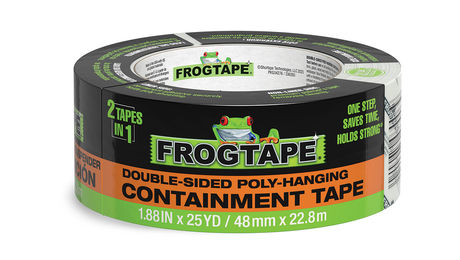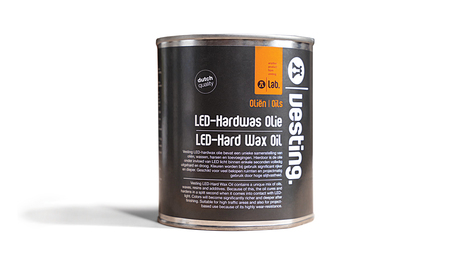Q:
We recently removed 40-year-old wall-towall carpet in a relative’s home to expose the oak plank floor underneath. For several years, the carpet had been subjected to frequent “accidents” from her dog. As a result, large areas of the floor had turned black. A local floor refinisher claimed that nothing could be done to remove the stains and that the affected wood should be removed and replaced. A second refinisher suggested staining the floors dark and applying a top coat. Is it possible to restore the floor to a natural or at least a nondark finish?
Thom DiGregorio, Elmhurst, IL
A:
William Duckworth, a former associate editor at Fine Woodworking, replies: As you probably realize, pet urine contains a high level of ammonia. If you’ve ever passed by a cat’s litter box overdue for a cleaning, you know exactly what I mean. Ammonia reacts with the tannins in wood to cause dark stains, a process that is known in the wood-finishing world as ebonizing.
The refinisher who said that nothing could be done (short of ripping out the old flooring and replacing it with new) may be correct. That opinion is no doubt based on firsthand observation. But the damage done to those floors has a lot to do with the quality of the original finish and the length of time the urine stains remained damp. There is one chemical that may help.
I had a similar problem in my woodshop when I was gluing up panels of oak or mahogany, both of which are also high in tannins. Whenever wet glue squeezed out of joints and came into contact with steel clamps, I was left with black stains that were nearly impossible to sand out. Then I heard about oxalic acid from my friend Jeff Jewitt, a refinisher and a frequent contributor to Fine Woodworking.
Most good paint and hardware stores sell oxalic acid. It’s packaged as a white powder that you mix with water. (Most deck brighteners sold at home-improvement stores also contain oxalic acid as the active ingredient.) Follow the directions on the box, and after application, neutralize the acid with a mixture of 2 tablespoons of baking soda to 1 quart of water. Follow that step with a couple of clean-water rinses, mopped up with rags or an old towel. After one or two applications, you should know whether the oxalic acid will take care of the stains. Unlike other wood bleaches, oxalic acid will not noticeably change the original color of the wood. Because this treatment is cheap and relatively easy, I’d give it a try before taking the more radical and expensive measures of removal and replacement.

























